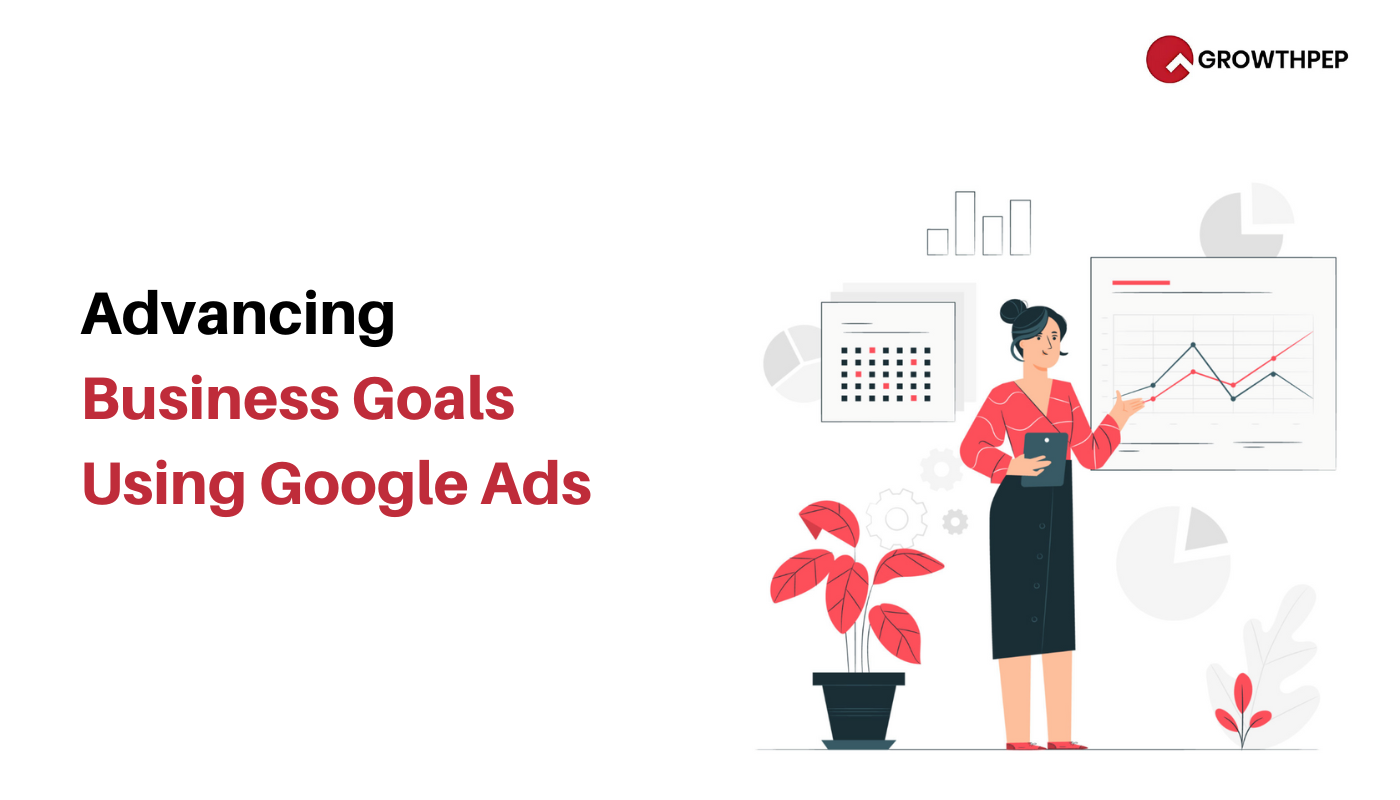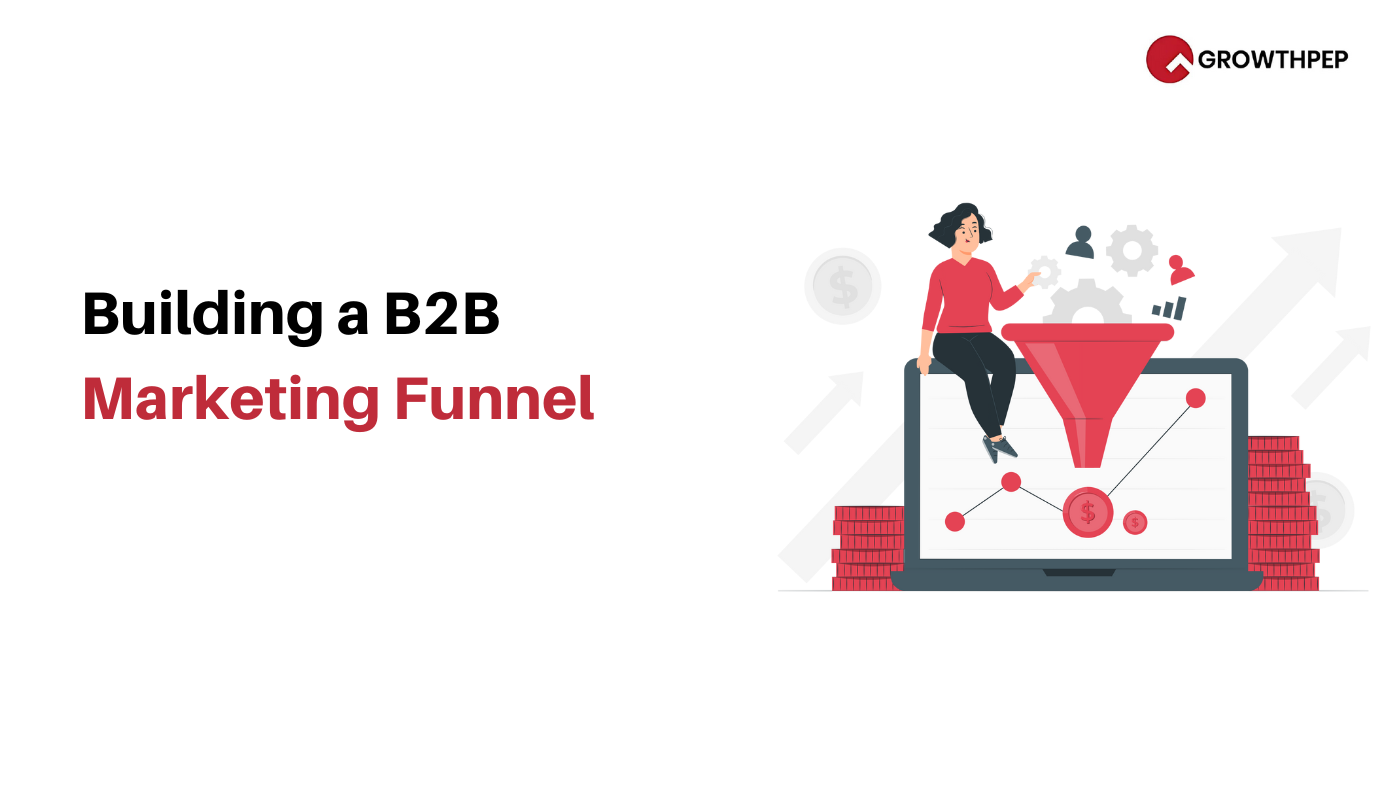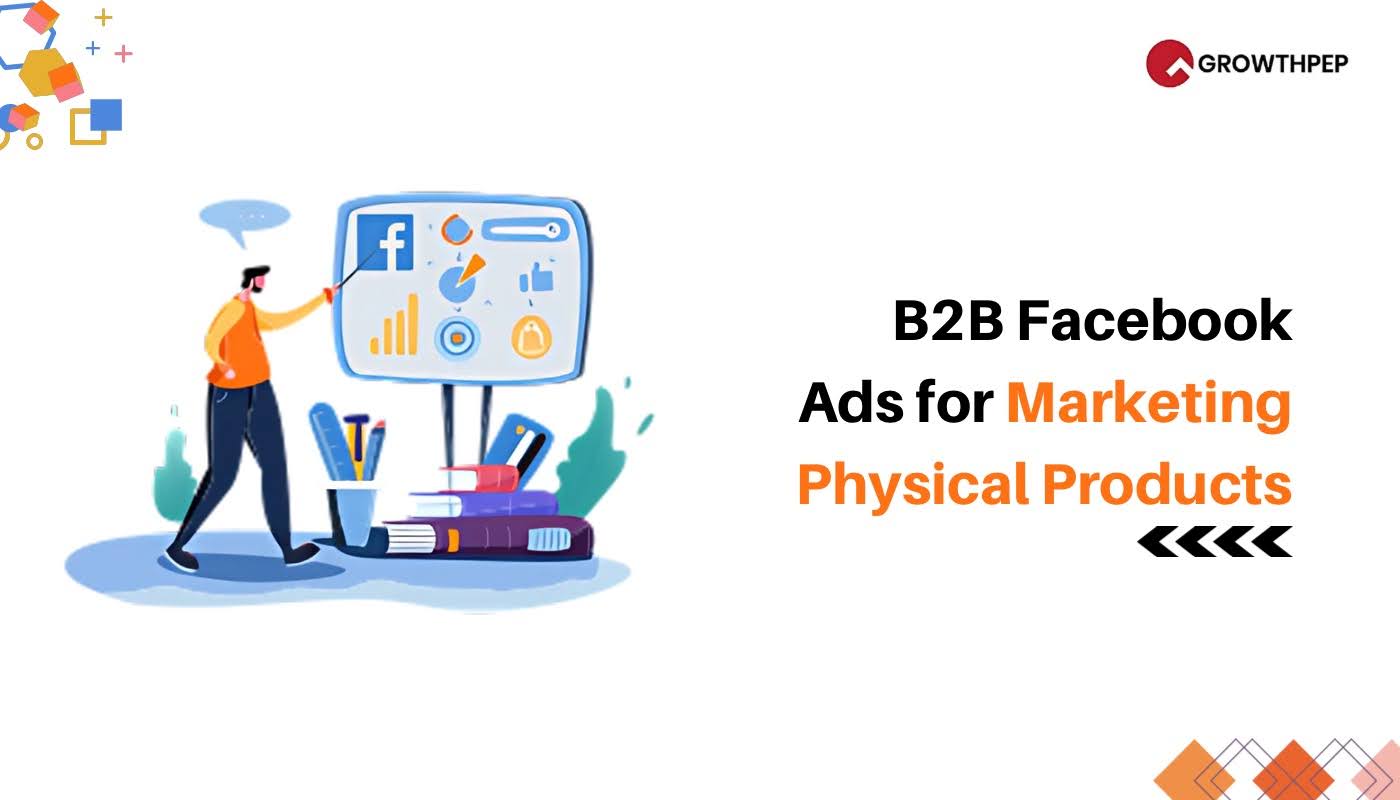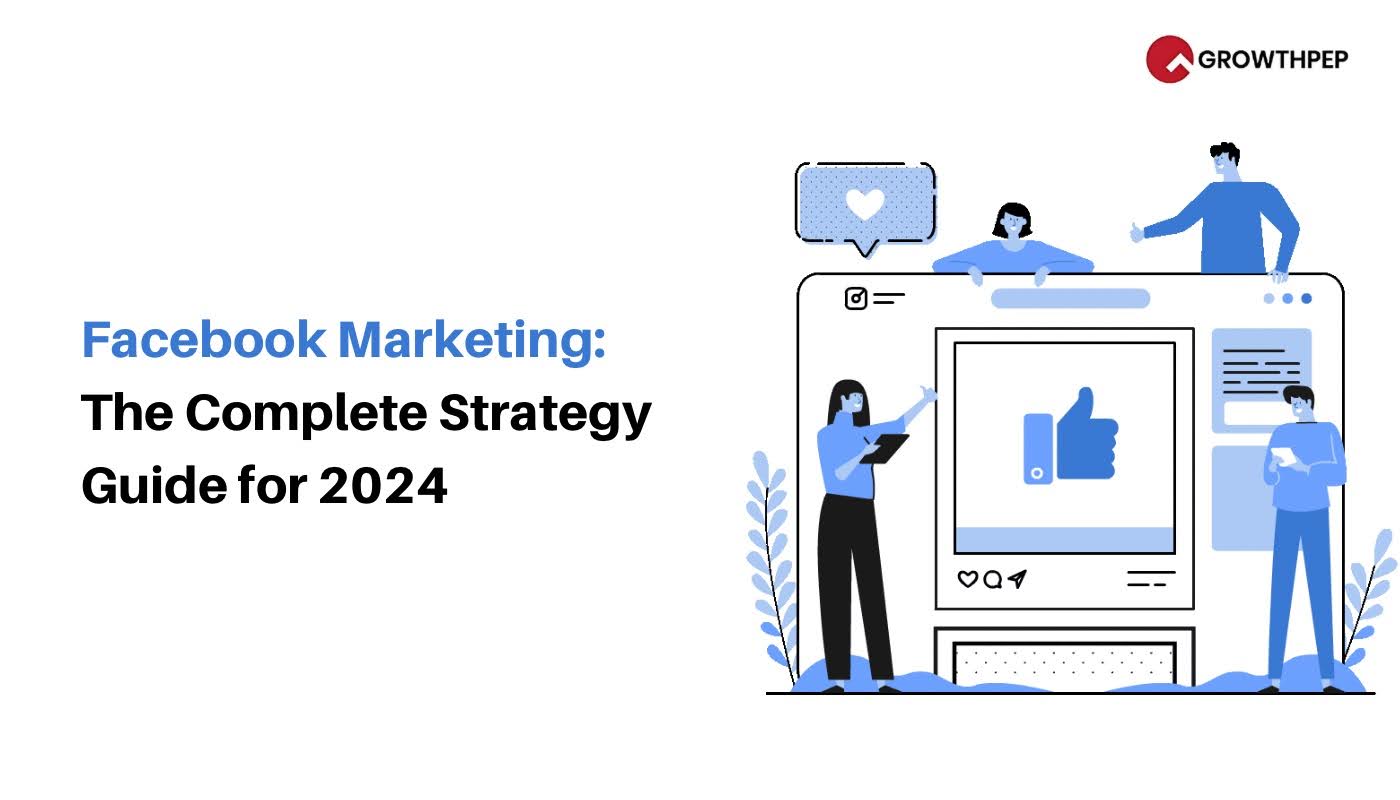How to Use Google Ads to Advance Your Business Goals
Ready to put your business on the map and have Google as your co-pilot? Buckle up; you’re in for an ROI ride!
Small to medium-sized enterprises (SMEs), startups, and e-commerce businesses face the constant challenge of achieving measurable growth. With limited resources and the pressure to deliver results quickly, these businesses must find effective ways to scale operations, increase sales, and optimize marketing spend. This is where Google Ads, one of the most powerful advertising platforms, comes into play. But how can Google Ads help you advance your business goals in a way that aligns with the unique needs of SMEs, startups, and digital marketers?
This comprehensive guide will explore how Google Ads can be a game-changer for businesses looking to boost brand visibility, expand their audience reach, drive sales, and maximise ROI. It will provide actionable insights to refine strategies continually.
To get started, let’s dive into what makes Google Ads a powerful tool for business growth.
Introduction to Google Ads
For founders, business owners, and digital marketers, Google Ads represents a dynamic and scalable advertising solution that can grow alongside your business. Whether running a small e-commerce site or managing a fast-growing startup, Google Ads offers targeted campaigns that can be customised to meet specific business objectives. With billions of searches happening daily, it’s an indispensable tool for any business aiming to connect with the right audience at the right time.
But how can Google Ads effectively advance your business goals? The answer is to use the platform’s diverse ad formats and robust analytics to create highly targeted, data-driven campaigns that yield tangible results.
Let’s examine these ad formats to help you determine which will be most beneficial for your business.
Types of Google Ads
Understanding the various types of Google Ads is crucial for businesses aiming to select the most effective formats to achieve their goals. Let’s break down the primary ad formats and their relevance to your business strategy.
1. Search Ads
Search Ads are the most straightforward yet powerful type of ad on Google. These text-based ads appear at the top of search engine results pages (SERPs) when users input queries relevant to your products or services. For businesses operating in highly competitive markets, appearing at the top of search results is crucial.
For example, suppose you’re an SME owner or an e-commerce business looking to drive immediate traffic and conversions. In that case, Search Ads allow you to capture users’ attention by actively searching for solutions like yours. This makes them a potent tool for lead generation and sales, particularly for businesses looking to scale rapidly.
2. Display Ads
Display Ads take your brand beyond the search results and into the broader web. These visually engaging ads appear across the Google Display Network, which includes millions of websites, apps, and Google-owned properties like YouTube and Gmail. For businesses aiming to increase brand awareness or engage users at different stages of the customer journey, Display Ads are invaluable.
Imagine you’re a startup trying to establish your brand in a crowded market. Display Ads allow you to reach potential customers wherever they are online, helping you create a lasting visual impression and stay top-of-mind as users move from consideration to purchase.
3. Video Ads
Video Ads are increasingly crucial in today’s digital marketing, especially with the growing dominance of video content. These ads appear before, during, or after YouTube videos, offering a unique opportunity to tell your brand’s story in a highly engaging format.
For business leaders in e-commerce or service sectors, Video Ads can be a compelling way to demonstrate product features, share customer testimonials, or create emotional connections with your audience. This format is particularly effective for building brand loyalty and driving conversions among users who prefer visual content.
4. Shopping Ads
Shopping Ads are a must for e-commerce businesses. These ads showcase your products directly within Google search results, with images, prices, and other essential details. Shopping ads are designed to attract users ready to buy, making them one of the most effective ad formats for driving sales.
For example, if you’re running an online store, Shopping Ads can help you stand out by displaying your products at the top of search results when users are looking for items similar to what you offer. This can significantly increase your chances of capturing sales from users with high purchase intent.
5. App Ads
If your business relies on a mobile app, App Ads are designed to promote your app across the Google network, including Google Search, YouTube, Google Play, and other apps. App Ads are essential for driving app downloads and encouraging user engagement.
For startups with innovative mobile solutions, these ads can quickly build a user base, especially when combined with solid in-app experiences that keep users engaged long after the initial download.
6. Local Campaigns
Local campaigns benefit businesses with physical locations looking to attract nearby customers. These ads appear on Google Maps, Google Search, and across the Google Display Network, making them perfect for driving foot traffic.
For example, suppose you own a local retail store or a service-based business. In that case, Local Campaigns can help you reach potential customers in your vicinity and encourage them to visit your location and make a purchase.
7. Smart Campaigns
Innovative Campaigns use Google’s machine-learning capabilities to automate the ad creation and optimisation. These campaigns are ideal for small businesses or those with limited marketing expertise, as they require minimal management while still delivering effective results.
Innovative Campaigns can help you get your ads up and running quickly for a startup or SME with limited resources, allowing you to focus on other aspects of your business. At the same time, Google’s algorithms optimise your ads for performance.
Now that we’ve covered the different types of Google Ads, let’s explore how they can increase your brand’s visibility.
Increasing Brand Awareness
For businesses, especially those in the early stages of growth, increasing brand awareness is a critical step towards long-term success. But how can Google Ads help you advance your business goals to enhance brand visibility? Here’s how:
1. Advantages of Appearing in Top Search Results
When your business consistently appears at the top of search results, it signals authority and reliability to users. This visibility is essential for establishing a solid market presence for SMEs and startups. High placement in search results drives traffic and builds brand recognition, making it easier for customers to trust and choose your business over competitors.
2. Using Display and Video Ads for Brand Visibility
Display and Video Ads are perfect for creating engaging and memorable content that captures users’ attention. For digital marketers and business owners, these ad formats allow you to showcase your brand’s unique value proposition through compelling visuals and narratives. This can be particularly effective in crowded markets where standing out is critical to success.
3. Cross-platform benefits, Including YouTube and Gmail
Google Ads enables you to reach your audience across multiple platforms, ensuring your brand remains visible no matter where your potential customers browse. Whether through YouTube, Gmail, or millions of other sites, this cross-platform approach helps reinforce your brand message and keeps your business top-of-mind.
4. Enhancing Consumer Familiarity and Influence on Purchasing Decisions
Repeated exposure to your brand through well-placed ads can significantly influence consumer behaviour. As potential customers become more familiar with your brand, they will likely consider your products or services when purchasing. This familiarity is a powerful driver of sales and customer loyalty.
Once you’ve established strong brand awareness, the next step is expanding your reach to attract new customers.
Expanding Audience Reach
Reaching new customers is a continuous challenge for businesses, particularly those looking to scale rapidly. But how can Google Ads help you advance your business goals by expanding your audience reach? Here’s how:
1. Targeting Based on Demographics, Interests, and Behaviors
Google Ads offers advanced targeting options that allow you to tailor your campaigns to specific audience segments. For example, suppose you’re an e-commerce business targeting young professionals interested in fitness. In that case, you can use demographic and interest-based targeting to ensure the most relevant users see your ads. This precision targeting helps maximise the impact of your marketing budget by reaching those most likely to convert.
2. In-Market Audiences Actively Searching for Related Products/Services
In-market audiences are users actively searching for products or services like yours. Targeting in-market audiences can be particularly effective for businesses that capture high-intent customers. This approach allows you to connect with users already in the consideration phase, increasing the likelihood of conversions and driving faster sales cycles.
3. Remarketing to Re-Engage Past Visitors and Customers
Remarketing is one of the most powerful strategies available through Google Ads. It allows you to re-engage users who have previously interacted with your website or ads but haven’t yet converted. For digital marketers and business owners, remarketing will enable them to remind potential customers of your offerings and encourage them to return and complete their purchases.
With a broader audience, the opportunities for driving sales and lead generation are immense.
Driving Sales and Lead Generation
Ultimately, the success of any business hinges on its ability to generate sales and leads. But how can Google Ads help you advance your business goals in this critical area? Let’s explore:
1. Tailored and Targeted Ad Strategies for E-Commerce
For e-commerce businesses, Google Ads can create highly tailored ad strategies that target specific customer segments. Whether promoting a new product, running a seasonal sale, or highlighting a best-seller, Google Ads allows you to design campaigns that resonate with your target audience and drive them to take action.
2. Utilising Consumer Behavior Data for Campaign Optimisation
Google Ads provides a wealth of data on consumer behaviour, which can be used to optimise your campaigns continually. By analysing metrics such as click-through rates (CTR), conversion rates, and bounce rates, you can identify what’s working and what’s not, allowing you to refine your strategies and improve overall campaign performance.
3. Mobile-Specific Ad Designs to Enhance Engagement
With the increasing prevalence of mobile browsing, creating ad designs optimised for mobile devices is essential. Google Ads offers various mobile-specific ad formats that enhance user experience and engagement, ensuring that your ads perform well regardless of the device your audience is using.
4. Increasing Online, In-App, and Over-the-Phone Sales
Google Ads can drive sales across multiple channels, including online, in-app, and over the phone. Using different ad formats and targeting strategies, you can reach customers wherever they are and encourage them to complete a purchase through their preferred channel.
Of course, all these efforts must be balanced with a keen eye on your ad spending to ensure the best return on investment.
Maximising Return on Investment (ROI)
For any business, maximising ROI is a crucial goal. But how can Google Ads help you advance your business goals by ensuring you get the most out of your advertising spend? Let’s delve into this:
1. Understanding the Pay-Per-Click (PPC) Model
Google Ads operates on a Pay-Per-Click (PPC) model, which means you only pay when someone clicks on your ad. This model is highly cost-effective because it ensures that your budget is spent only on users who show actual interest in your offerings. For businesses with limited resources, this efficiency is crucial for maximising ROI.
2. Cost-Effective Strategies with Budget Control Options
Google Ads offers flexible budgeting options, allowing you to control how much you spend on your campaigns daily, weekly, or monthly. This flexibility primarily benefits startups and SMEs, enabling you to run effective campaigns without overextending your budget.
3. Analysing Key Performance Indicators (KPIs) and Campaign Performance
To maximise ROI, it’s essential to track the performance of your campaigns through Key Performance Indicators (KPIs) such as conversion rates, cost-per-click (CPC), and return on ad spend (ROAS). Google Ads provides detailed analytics and reporting tools that allow you to monitor these metrics closely, making it easier to adjust your strategies and optimise for better results.
Growthpep’s experienced team can effectively manage your ad spend, ensuring you get the maximum ROI for every dollar spent.
Beyond just tracking ROI, Google Ads also provides valuable insights that can help refine your overall marketing strategy.
Gaining Actionable Insights
Beyond driving immediate results, Google Ads is a powerful tool for gaining insights to inform your broader marketing strategy. But how can Google Ads help you advance your business goals by providing these insights? Here’s how:
1. Understanding Consumer Behavior
Google Ads offers detailed data on how users interact with your ads, including the keywords they searched for, the ads they clicked on, and their actions on your website. For digital marketers and business owners, this information is invaluable for understanding your audience’s preferences and behaviours, allowing you to tailor your marketing efforts more effectively.
2. Refining Targeting Strategies
With the insights gained from Google Ads, you can continually refine your targeting strategies to ensure your ads reach the right people. This iterative optimisation process helps you improve your ads’ relevance, leading to higher engagement and conversion rates.
3. Optimising Ad Creative and Messaging
Google Ads allows you to test different ad creatives and messaging to determine which resonates most with your audience. You can ensure your campaigns align with your business goals and audience preferences by continuously optimising your ad content based on performance data.
So, let’s wrap things up and see how you can use these strategies with expert guidance.
Conclusion
Google Ads is not just a platform for placing ads; it’s a comprehensive tool to help your business achieve its growth objectives. Whether you’re a startup founder, an e-commerce business owner, or a digital marketer, Google Ads offers the flexibility, targeting options, and analytics necessary to drive measurable results.
If you want to scale your business effectively with Google Ads, consider partnering with Growthpep, an ROI-driven performance marketing service provider. At Growthpep, we specialise in creating targeted ad campaigns that deliver substantial growth and measurable results.
View case studies to see how we can help you achieve your business goals with Google Ads. By using the power of Google Ads, you can take a strategic approach to online advertising, ensuring that every dollar spent is working towards advancing your business goals. Contact us today and get started!







